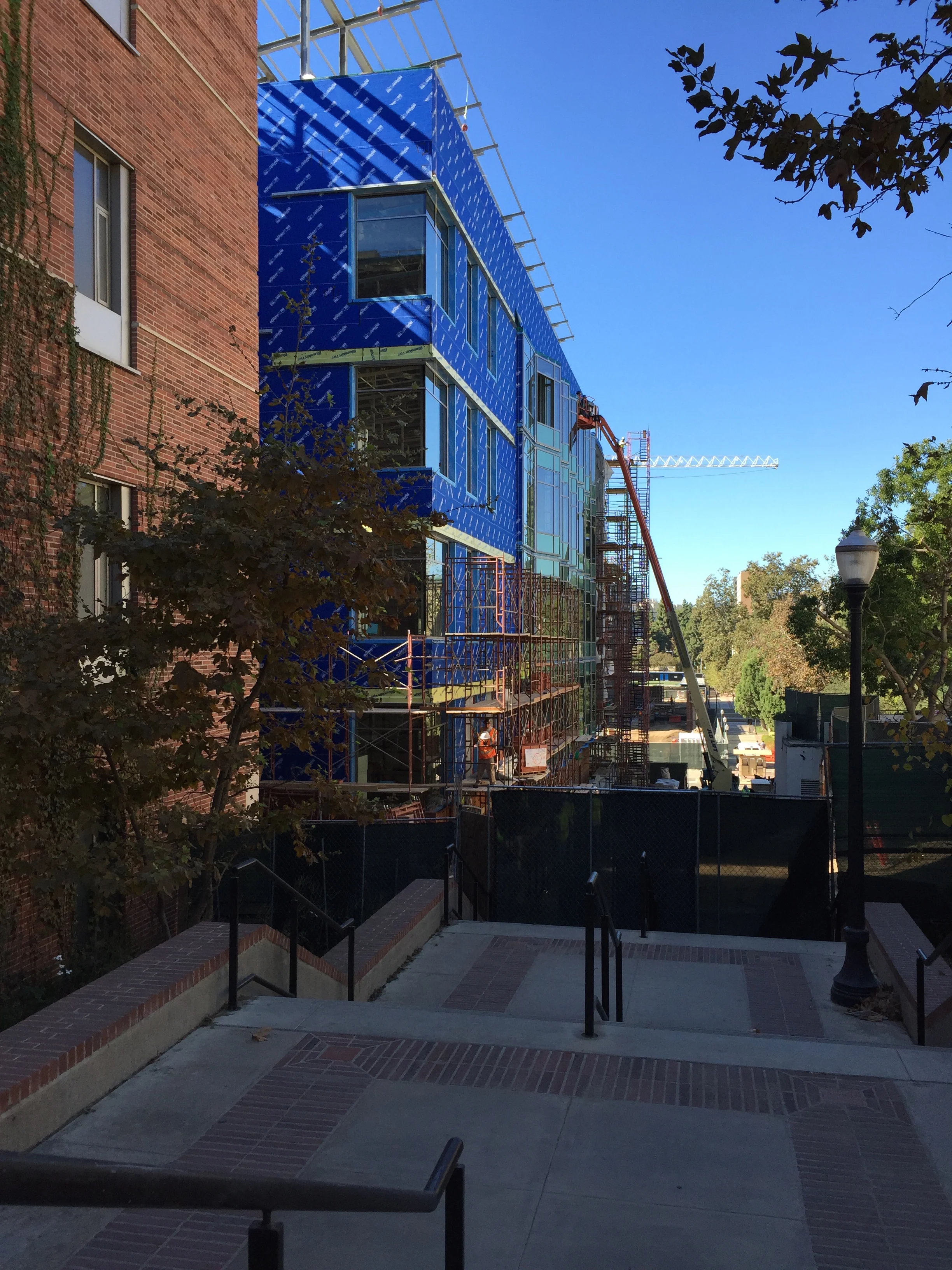Risk Institute at PSAM 17 and ASRAM 2024
/Risk Institute researchers presented in the Probabilistic Safety Assessment and Management & Asian Symposium on Risk Assessment and Management Conference (PSAM17 and ASRAM 2024) in Sendai International Center, Sendai, Miyagi, Japan from October 7-11, 2024. PSAM is a well-known conference for discussing nuclear risk with a 30-year history. Presentations included:
“Exploring Grover-enhanced QAOA for Minimal Cut Set Identification”
By: Gabriel San Martín Silva and Enríque López Droguett
This paper compares the use of different quantum-based optimization algorithms for the identification of minimal cut set configurations. This is done by first transforming the search problem into an optimization one, and then applying the Quantum Approximate Optimization Algorithms (QAOA), and variants, to the transformed problem. The results show that while the identification of minimal cut sets is feasible, challenges arise when the size of the fault tree increases.
“Quantum Computation for Minimal Cut Set Identification in Fault Trees”
By: Gabriel San Martín Silva and Enríque López Droguett
This work explores the use of Quantum Computation, in particular the Grover algorithm, for the identification of all minimal cut set configurations in standard, coherent fault trees. Using the proposed quantum-based approach, we demonstrate theoretical and numerical evidence of a quadratic reduction in the number of samples required to identify all minimal cut set configurations when compared against random sampling.
This poster won for Outstanding Poster Presentation during the student session.
“Exploring Performance-Shaping Factors for Human-Autonomy Teams in Automated Driving System Operations”
By: Camila Correa-Jullian, Marilia Ramos, Ali Mosleh, and Jiaqi Ma
This work identifies potential Performance Shaping Factors (PSFs) affecting Human-Autonomy Teams present in Automated Driving System (ADS) operations with the purpose of developing a Human Reliability Analysis (HRA) team performance model based on the Information, Decision and Action in Crew (IDAC) framework.
“Deriving human-system safety metrics for heavy-duty automated vehicle applications through Concurrent Task Analysis”
By: Anna Cosmin-Spanoche, Camila Correa-Jullian, Xin Xia, Ali Mosleh, and Jiaqi Ma
This work proposes an approach to derive human-system interaction safety metrics based on Concurrent Task Analysis (CoTA), a method built to study human and automated system interactions from a task decomposition and success-oriented analysis perspective, focusing on the role of the safety driver interacting with heavy-duty automated vehicles (HD-AVs).
“The Phoenix HRA Approach: Method and Software Platform for Nuclear Power Plant PRA Applications.”
By: Ali Mosleh, Marilia Ramos, Tingting Cheng, and Wadie Chalgham
This paper presents the underlying methodology and features of the Phoenix HRA software platform that has gone through nearly 10 years of research and development. Phoenix incorporates strong elements of current HRA good practices, leverages lessons learned from multiple empirical studies, and uses strong features of existing and emerging HRA methods.
Phoenix was developed to support Probabilistic Risk Assessments (PRA) of Nuclear Power Plants (NPP) including full-power internal events PRA, low-power shutdown (LPSD) operations, event assessment and significance determination processes (SDP), fire, and seismic PRAs.
“Human errors and influencing factors in digital control rooms: a review and some suggestions”
By: Tingting Cheng, Marilia Ramos, and Ali Mosleh
The digitalization of main control rooms (MCRs) in nuclear power plants (NPPs) has been increasingly adopted due to its potential to improve operation and maintenance safety and efficiency. While various efforts have aimed at understanding the impact of digital MCRs on human errors and Human Reliability Analysis (HRA), issues concerning automated systems are still under investigation. This paper aims to identify and characterize human errors and PIFs from the perspective of automation characteristics.













